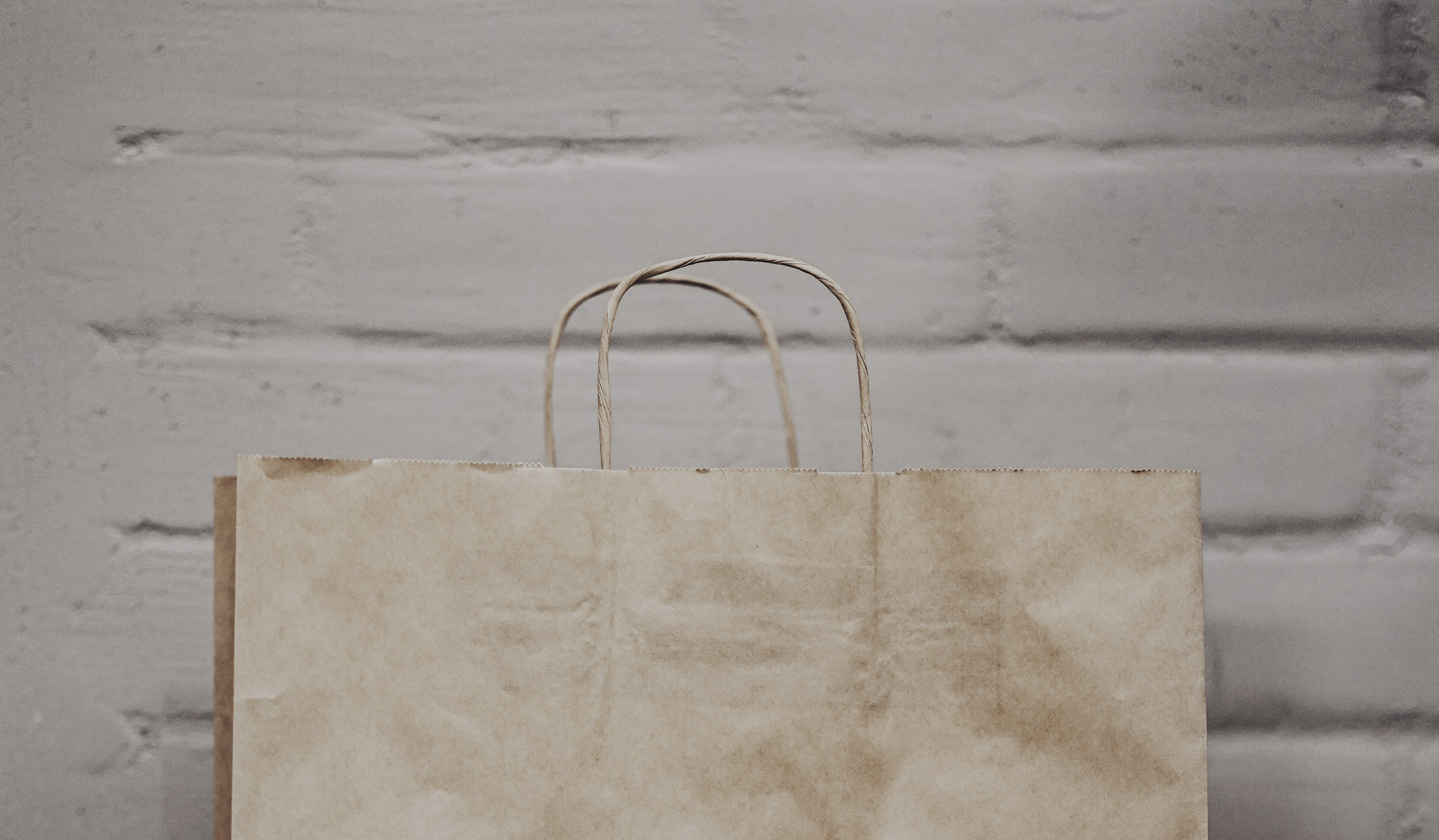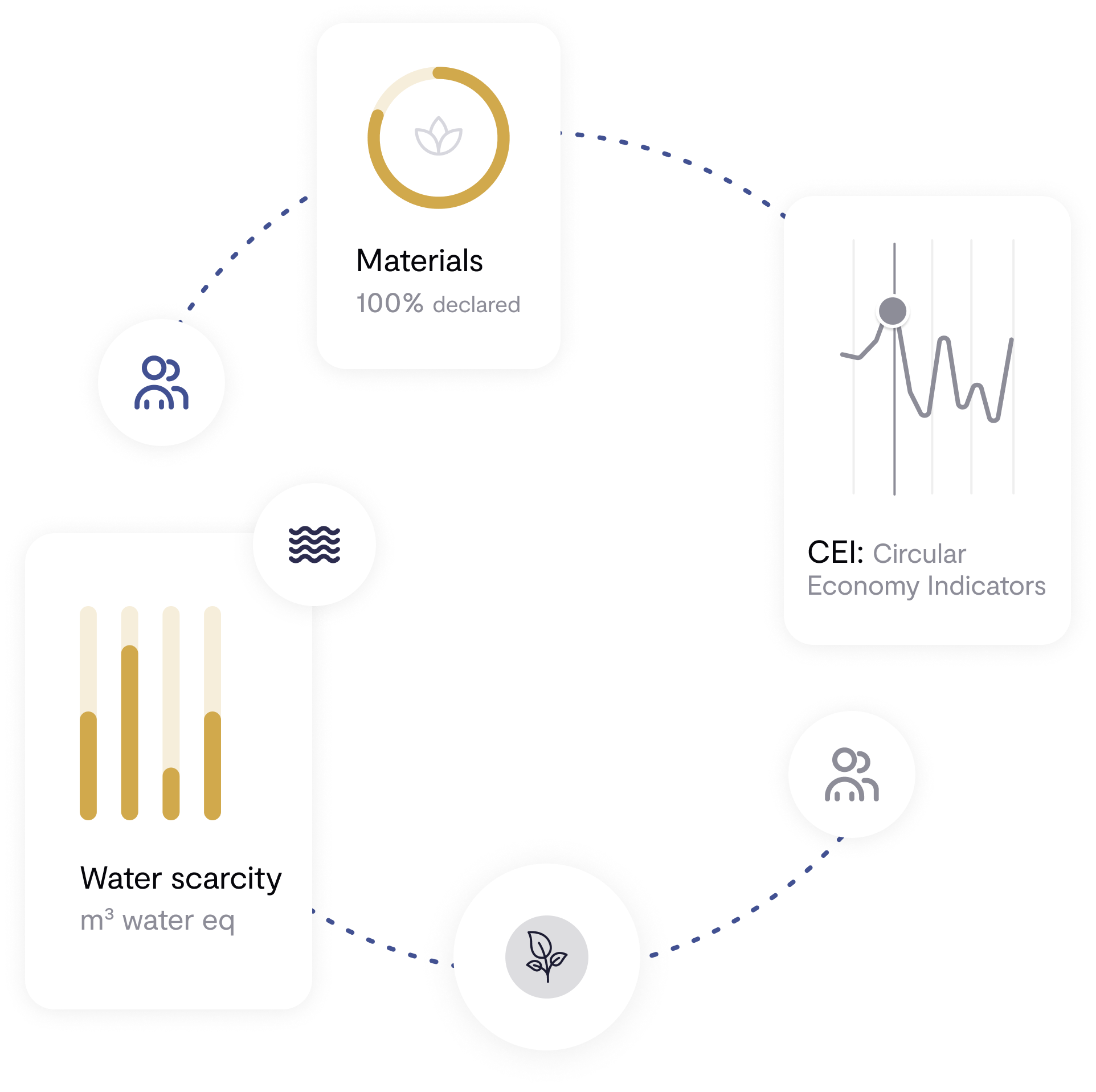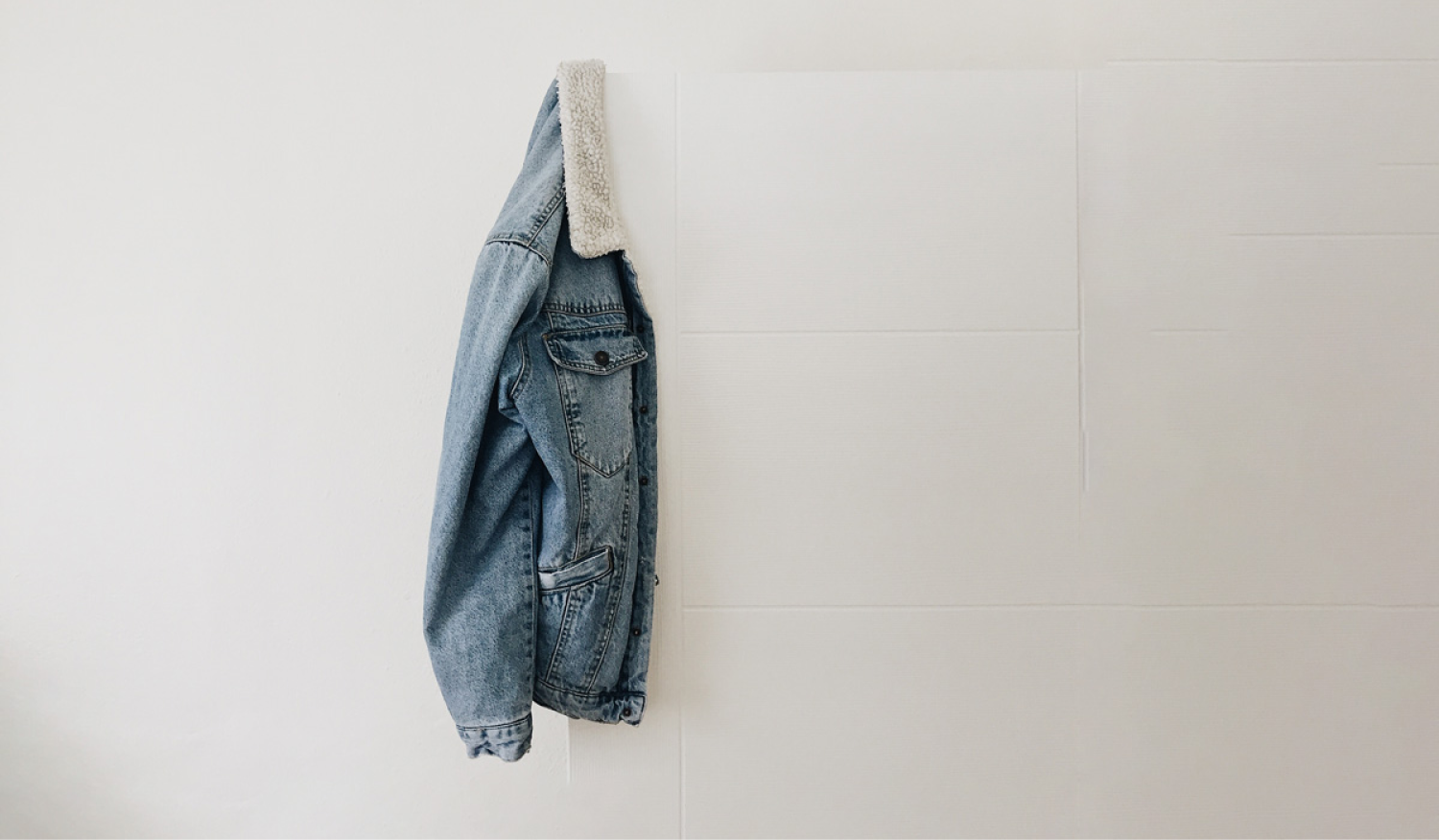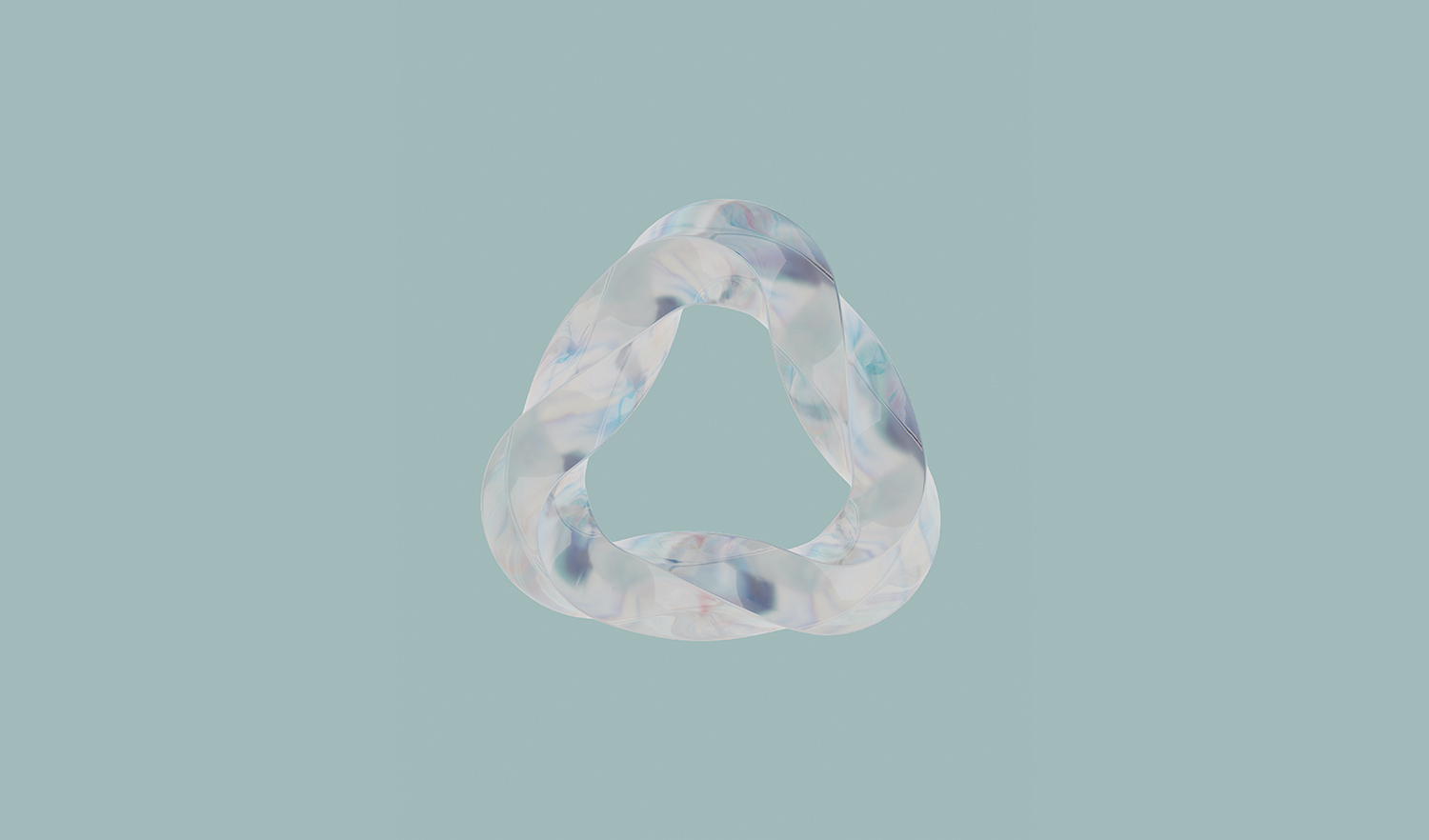The boom in second-hand fashion sales is a fact. The growth of the resale market predicted since the start of the pandemic has materialized in the appearance of multiple businesses that seek to give a second chance to all those garments that are already in circulation. However, the increase in demand for this type of article has not left the large textile groups indifferent, which have also wanted to join this trend. Circularity seems to be in fashion, but couldn’t this be a more refined greenwashing technique? We analyze do’s and don’ts on putting circularity into practice in your resale market.
The second-hand market will grow 3 times faster than the conventional clothing market
According to the latest study by thredUP, the second hand is becoming a global phenomenon with a growth forecast of 127% by 2026, which would mean a development 3 times faster than the conventional clothing market.
The rise in inflation over the last year has boosted the demand for resale items. Second-hand fashion is becoming more attractive now that prices for traditional brands are rising.
Against this background, it was a matter of time before the large textile groups took action to adapt to the new demands of the market. During the last month we’ve seen how companies of the size of SHEIN or Inditex announced their entry into the resale markets. Under claims such as “Where pre-loved gets re-loved”, it’s time to take out the magnifying glass to analyze if this initiative is closer to greenwashing than to textile circularity.
These are the do’s and don’ts that we at BCome consider essential when applying circularity to your resale market:
Do’s
- Facilitate the collection of garments. Make it easy for consumers, anyone should know that in your business there is the possibility of delivering used clothing and of course, what is the method and the collection conditions used.
- Go beyond the sale. Talking about circularity is talking about durability. In addition to the sale of second-hand garments, you should offer repair and rental services that allow your customers to extend the use of your brand’s items as much as possible.
- Reduce production volume. It’s great that you have started a new line of business through the resale market, but keep in mind that if you don’t reduce the volume of new products produced, you will continue adding garments to the planet and with it, contributing to the generation of textile waste.
- Restore what you receive. Much of the volume of garments you collect may not be in the right condition to put back on a hanger. Take care of the pre-loved items and check what damage they may have so that they are in the same conditions as when they were released on the market.
- Practice the upcycle. In the case of those garments that are in very poor condition and don’t allow restoration, remember that before allocating them to fiber recycling you can rework them to design new pieces from different garments that could not survive independently.
Don’ts
- Do not limit the collection of clothing to items of your brand. The wardrobes of your clients are diverse, if you eliminate the barriers your initiative will have a better reception and your public will be able to position your business in their top of mind of companies that collect second-hand garments.
- Do not try to deceive your consumer. Second-hand garments must be classified as such and rated according to their condition. Don’t expect your audience to pay practically the same for a used garment as they would for one that just left the factory.
- Do not promote overconsumption. On many occasions the second hand can become the little sister of fast fashion. Cheaper garments that multiply in the markets and that consumers sometimes associate a lower value. Second-hand clothes are clothes, promote their durability.
- Do not limit the purchase conditions. Sometimes, because they are second-hand items, we find that some of the usual conditions of the brand aren’t available, such as the return. Offer your customers the same treatment no matter what they buy.
- Do not brag about circularity. The sale of second-hand clothing is part of the circularity strategies that can be applied in fashion, however, it’s a system that is applied exclusively at the end of the value chain. Be aware of the small segment you cover through a resale market and encourage what you sell to be used as many times as possible.
Resale markets are part of the circularity system, however, they are only one link in the chain
The concept of circularity begins to be devalued due to the incorrect use of the term. Let us remember that circularity is a whole system that must be extended throughout the supply chain. From the conceptualization of the idea, through the application of the principles of ecodesign, to the use of recycling technologies to reintroduce textile waste into the circuit. Resale markets are part of this system, however, they are only one link in the chain.
When big brands add a resale market to their strategy, in most cases they seek to have control over the resale of their items and win the game against other businesses that dominate this part of the market, such as Vinted or Wallapop.
It’s important to identify those businesses that were born with the true intention of offering a second (third, fourth…) life to garments whose destiny was to end up in a landfill. At BCome we are proud to be partners with some of these resale markets, such as Reloop, Refurbed or GoTrendier.
In terms of sustainability, the perfect solution doesn’t exist, but if you think that your company still has a lot to contribute in terms of circularity, the CEI methodology put into practice by BCome offers you the possibility of analyzing the circularity of your products to evaluate their complete life cycle, including its end of life and level of recyclability. We want to become the engine of change in your business. We have the tools you need to start your sustainable transformation. You dare? We move forward together!









